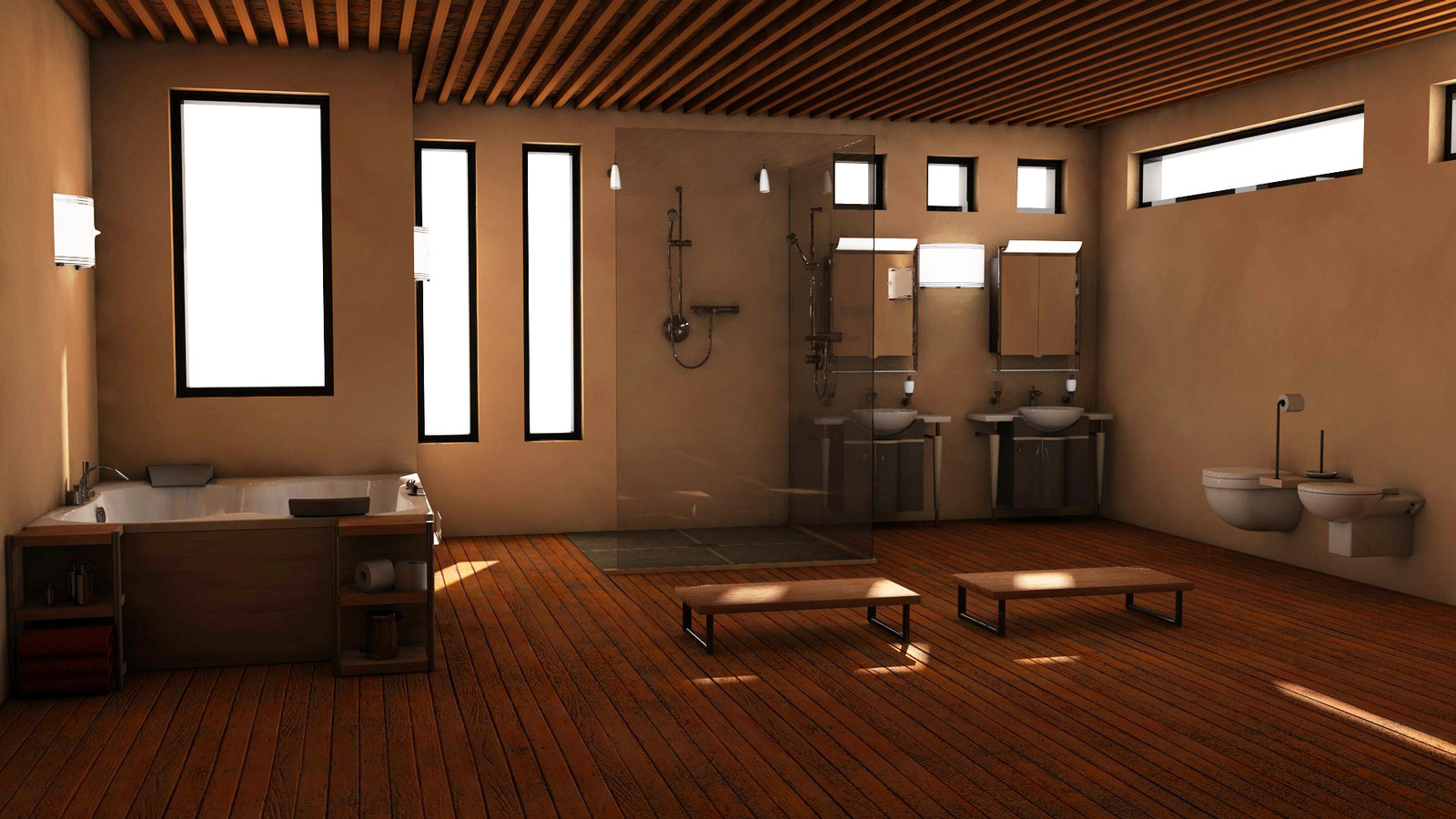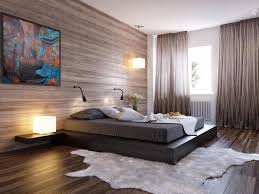As a homeowner, you understand the importance of creating a space that reflects your personal style and preferences. One of the most effective ways to achieve this is by choosing the right color schemes for your home. The colors you select can greatly impact the overall ambiance and mood of each room, making it crucial to make informed decisions. In this comprehensive guide, I will take you through the process of unlocking the perfect color schemes for your home. From understanding color psychology to exploring popular schemes for both interior and exterior design, you’ll gain the knowledge and inspiration needed to create a cohesive and visually pleasing environment. So let’s dive in and discover the world of color schemes for the home!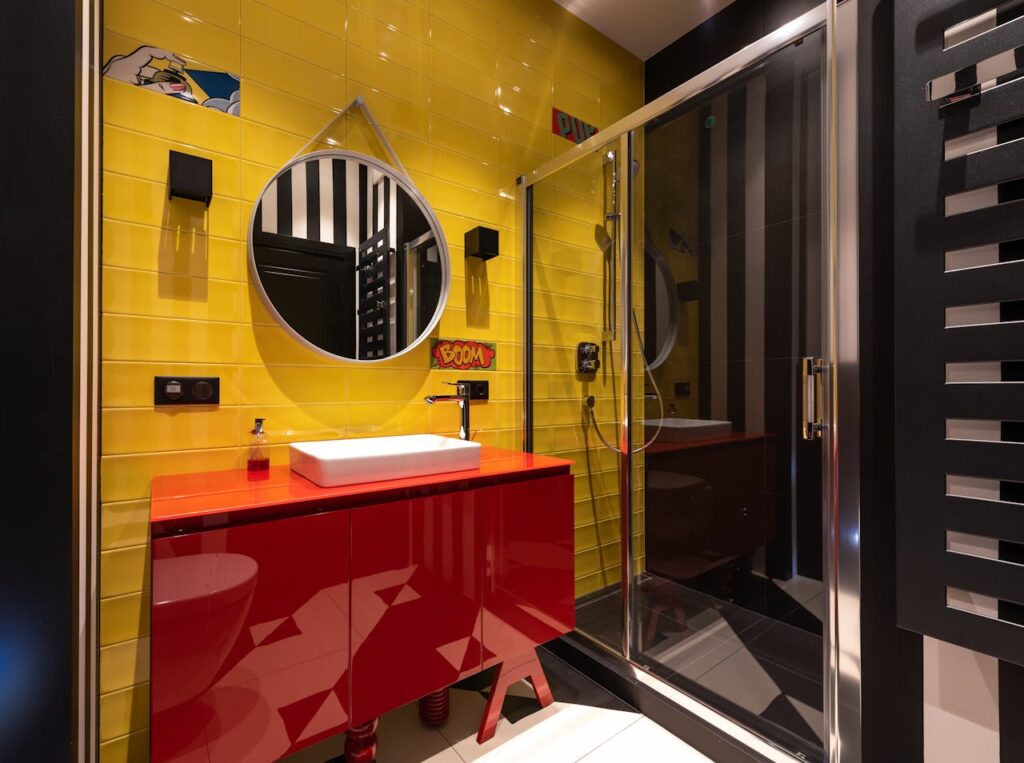
The Importance of Color Schemes in Home Design
Color has the power to transform any space and evoke a wide range of emotions. When it comes to home design, selecting the right color schemes can make a significant difference in how you and your guests feel within each room. Colors have the ability to influence our moods, energy levels, and even our productivity. By understanding color psychology, you can harness the power of colors to create an environment that promotes relaxation, creativity, or any other desired atmosphere.
How to Choose the Right Color Schemes for Your Home
Choosing the right color schemes for your home can be a daunting task, especially with so many options available. To make this process easier, start by considering your personal style and the overall theme you want to achieve. Are you drawn to bright and vibrant colors, or do you prefer a more neutral and subdued palette? Understanding your preferences will help guide you in the right direction.
Another important factor to consider is the size and layout of each room. Darker colors tend to make a space feel smaller and more intimate, while lighter colors create an illusion of openness and brightness. Take into account the natural lighting in each room as well, as this can greatly impact how colors appear. Rooms with ample natural light can handle bolder and darker color schemes, while rooms with limited natural light may benefit from lighter and more reflective colors.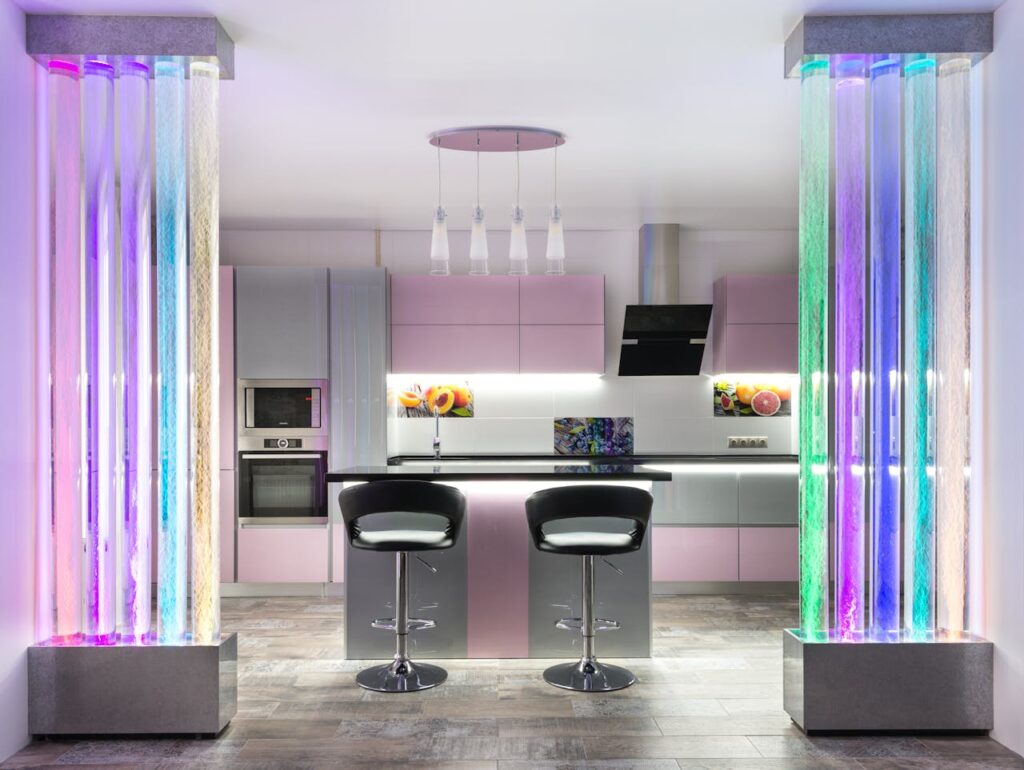
Factors to Consider When Selecting Color Schemes for Your Home
When selecting color schemes for your home, it’s important to consider various factors to ensure a harmonious and visually pleasing result. One key factor is the existing furniture and decor in each room. Take note of the dominant colors in your furniture pieces and accessories, and choose colors that complement or contrast with them. This will help create a cohesive and balanced look throughout your home.
Another factor to consider is the purpose of each room. Different colors can have different effects on our emotions and energy levels. For example, blue is known to promote calmness and relaxation, making it a great choice for bedrooms. On the other hand, yellow is associated with happiness and energy, making it a suitable option for kitchens or home offices. Keep in mind the function of each room and select colors that align with the desired mood and purpose.
Popular Color Schemes for Interior Design
Now that we’ve covered the basics of choosing color schemes for your home, let’s explore some popular options for interior design. These color schemes have stood the test of time and continue to be favored by homeowners and designers alike.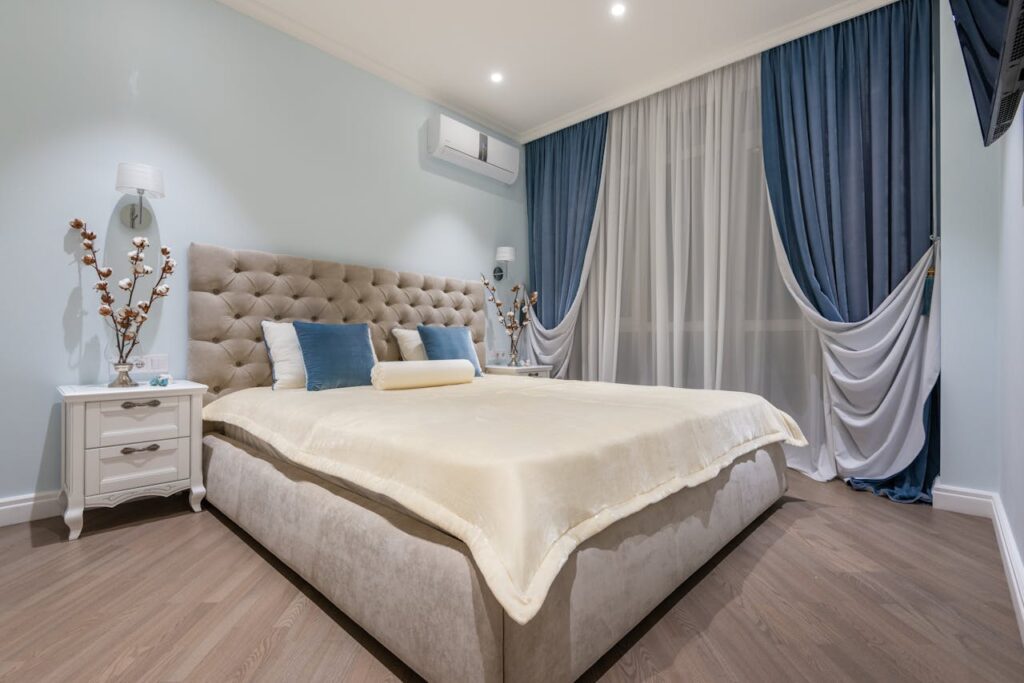
Monochromatic Color Scheme
A monochromatic color scheme involves using different shades and tones of a single color throughout a room. This creates a sense of harmony and simplicity, making it a popular choice for those who prefer a clean and unified look. For example, a monochromatic color scheme in shades of blue can create a calming and serene atmosphere in a bedroom.
Analogous Color Scheme
An analogous color scheme involves selecting colors that are adjacent to each other on the color wheel. This creates a harmonious and visually pleasing effect, as the colors naturally complement each other. For instance, a color scheme consisting of various shades of green and yellow can create a fresh and vibrant ambiance in a living room.
Complementary Color Scheme
A complementary color scheme involves using colors that are opposite each other on the color wheel. This creates a bold and dynamic contrast, making it a popular choice for those who want to make a statement. For example, a color scheme that combines blue and orange can create a striking and energetic atmosphere in a dining room.
Tips for Choosing Color Schemes for Different Rooms in Your Home
Each room in your home serves a different purpose, and therefore requires a carefully chosen color scheme to enhance its functionality. Here are some tips to help you choose the right color schemes for different rooms:
Bedrooms
When it comes to bedrooms, creating a relaxing and soothing atmosphere is key. Opt for cool and calming colors such as blues, greens, or lavenders. These colors promote restful sleep and tranquility.
Living Rooms
Living rooms are often the central gathering space in a home, so it’s important to create a warm and inviting ambiance. Earthy tones such as browns, beiges, and warm greys can create a cozy and comfortable atmosphere.
Kitchens
Kitchens are often associated with energy and creativity. To enhance these qualities, consider using vibrant and stimulating colors such as yellows, oranges, or reds. These colors can also increase appetite and make the space feel more lively.
Home Offices
Home offices should be conducive to productivity and focus. Opt for colors that promote concentration, such as shades of green or blue. These colors can help create a calm and focused environment, ideal for working or studying.
Exploring Color Schemes for the Exterior of Your Home
While we’ve primarily focused on interior color schemes so far, it’s important not to neglect the exterior of your home. The colors you choose for the exterior can greatly impact your home’s curb appeal and overall aesthetic. Here are some popular color schemes for the exterior of your home: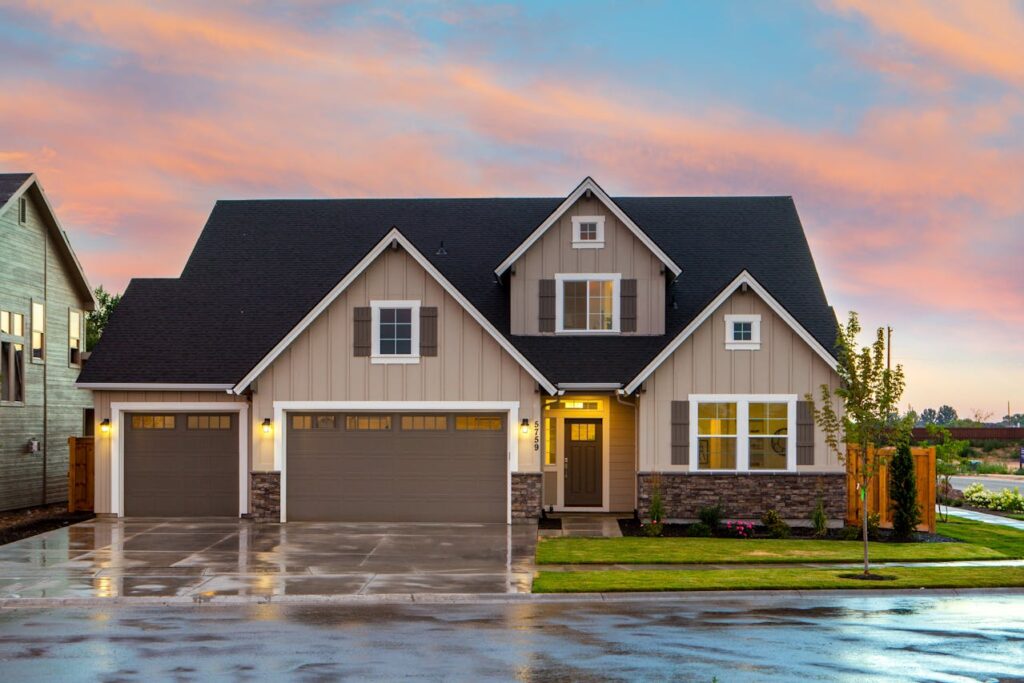
Classic White
A classic white exterior is timeless and elegant. It gives a clean and fresh look to any style of home, from traditional to modern. White exteriors also create a sense of spaciousness and can make a home appear larger.
Neutral Tones
Neutral tones such as beige, taupe, or grey are versatile options for the exterior of your home. These colors blend well with surrounding landscapes and can create a harmonious and understated look.
Bold and Vibrant
For those who want to make a statement, bold and vibrant colors can add personality and character to the exterior of a home. Colors such as deep reds, vibrant blues, or rich greens can create a striking and memorable impression.
Creating a Cohesive Color Scheme Throughout Your Home
To achieve a cohesive look throughout your home, it’s important to create a color scheme that flows seamlessly from room to room. This can be achieved by using a consistent color palette or by choosing colors that complement each other. Here are some tips to help you create a cohesive color scheme:
Use a Neutral Base
Start by selecting a neutral base color that will be used as a backdrop throughout your home. This can be a light grey, beige, or even white. The neutral base will serve as a unifying element that ties all the rooms together.
Introduce Color Accents
Once you have your neutral base, you can introduce pops of color in each room to add visual interest and variety. Choose colors that complement each other and the overall theme of your home. This can be done through furniture, accessories, or accent walls.
Consider Flow and Transition
As you move from one room to another, consider how the colors transition and flow. Aim for a sense of harmony and balance between each space. This can be achieved by using colors that are adjacent on the color wheel or by selecting complementary colors.
Using Color Psychology to Enhance Your Home’s Ambiance
Color psychology is the study of how colors can affect human behavior and emotions. By understanding the psychological effects of different colors, you can strategically use them to enhance the ambiance of your home. Here are some examples:
Blue for Calmness
Blue is often associated with calmness and tranquility. It can help create a peaceful atmosphere in bedrooms, bathrooms, or any space where relaxation is desired.
Yellow for Energy
Yellow is a vibrant and energetic color that can uplift and energize a space. It’s a great choice for kitchens or home offices where productivity is important.
Green for Balance
Green is often associated with nature and balance. It can create a sense of harmony and serenity in any room, making it a suitable choice for living rooms or bedrooms.
Tools and Resources for Finding Inspiration and Creating Color Schemes
If you’re feeling overwhelmed by the process of choosing color schemes for your home, don’t worry! There are plenty of tools and resources available to help you find inspiration and create the perfect color schemes. Here are a few:
Online Color Palette Generators
Websites like Coolors, Adobe Color, and Canva allow you to generate color palettes based on different themes or moods. Simply input your preferred colors or explore their pre-made palettes to find the perfect combination for your home.
Interior Design Magazines and Blogs
Interior design magazines and blogs are a great source of inspiration. They often feature real homes with stunning color schemes, allowing you to see how different colors work together in a real-life setting.
Paint Samples and Swatches
If you’re unsure about how a certain color will look in your home, consider getting paint samples or swatches. Many paint brands offer small sample pots or swatches that you can test on your walls to see how they look in different lighting conditions.
Conclusion: Bringing It All Together for the Perfect Color Schemes in Your Home
Choosing the right color schemes for your home is an important aspect of creating a space that reflects your personal style and promotes the desired ambiance. By considering factors such as color psychology, room functionality, and existing decor, you can make informed decisions that result in a visually pleasing and harmonious environment. Whether you opt for monochromatic, analogous, or complementary color schemes, remember to create a cohesive flow throughout your home. And above all, have fun with the process of selecting colors that bring joy and inspiration to your daily life. Happy decorating!
CTA: Ready to unlock the perfect color schemes for your home? Start by exploring color palette generators like Coolors, Adobe Color, or Canva. Experiment with different combinations and see how they work in your space. Remember, choosing the right colors can transform your home into a sanctuary that reflects your unique style and personality. Happy decorating!
